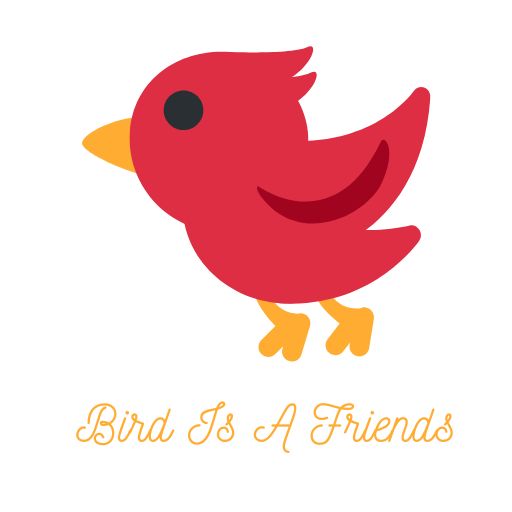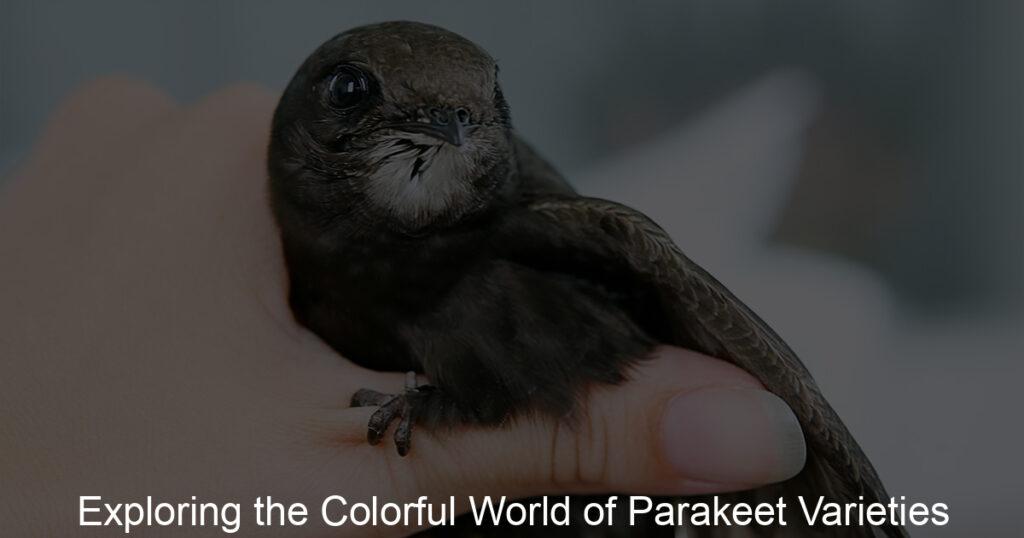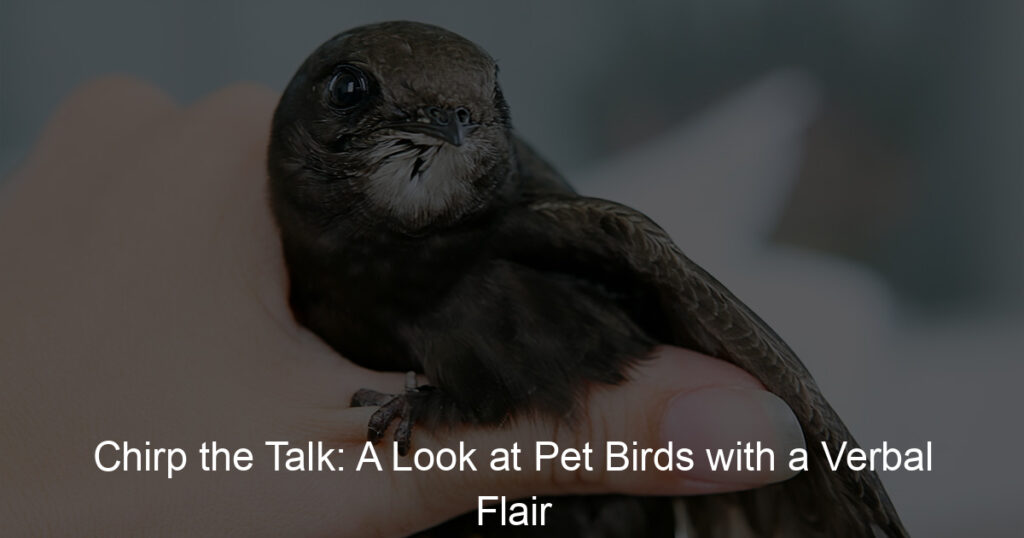
Introduction to Finch Substrate Selection
Choosing the right home for your finch is not just about the cage, it’s also about what you put in it. This is known as the substrate. The substrate is the material that covers the bottom of your finch’s cage. It’s important to choose the right one to keep your finch happy and healthy. In this section, we will discuss the importance of choosing the right substrate and understanding your finch’s substrate needs.
- Importance of Choosing the Right Substrate for Finches
- Understanding Finch Substrate Needs
The substrate plays a crucial role in your finch’s life. It’s where they spend most of their time, so it needs to be comfortable and safe. The right substrate can help keep the cage clean, reduce odors, and even contribute to your finch’s health. For instance, certain substrates can help keep your finch’s feet healthy by preventing sores and infections.
Every finch is unique, and so are their substrate needs. Some finches prefer softer substrates, while others like something a bit firmer. It’s important to observe your finch and see what they prefer. Also, consider the size of your finch. Smaller finches may struggle with larger substrates, while larger finches may need a sturdier substrate. Lastly, remember that the substrate needs to be easy to clean, as a clean cage is essential for your finch’s health.
In the following sections, we will delve deeper into understanding finch cage substrates, provide recommendations for the best substrates, and offer a comprehensive guide to finch care substrate selection. By the end, you’ll have all the knowledge you need to ensure the best for your finch.
Understanding Finch Cage Substrate
When it comes to creating a comfortable and healthy environment for your finch, the substrate, or the material that lines the bottom of the cage, plays a significant role. Let’s delve into the different types of substrates you can use in your finch’s cage.
Types of Finch Cage Substrate
There are several types of substrates that you can use in your finch’s cage. Each has its own set of benefits and drawbacks. Here are three common types:
- Wood Shavings: Wood shavings, especially those made from aspen or pine, are a popular choice for finch cage substrates. They are natural, absorbent, and help control odors. However, some types of wood shavings, like cedar, can be harmful to finches, so it’s important to choose wisely.
- Paper-based Substrates: Paper-based substrates, such as newspaper or paper pellets, are another option. They are easy to clean and replace, making them a convenient choice. However, they may not be as absorbent as other options.
- Gravel and Sand: Some finch owners prefer to use gravel or sand as a substrate. These materials mimic the natural habitats of some finch species and can help keep their nails trim. However, they can be difficult to clean and may not control odors as well as other substrates.
Choosing the right substrate for your finch’s cage involves considering their natural habitat, their health, and their behavior. It’s always a good idea to consult with a vet or a bird care expert when making this decision.
Choosing the Right Substrate for Your Finch
When it comes to selecting the right substrate for your finch, there are several factors to consider. These factors include your finch’s natural habitat, health, and behavior. Let’s delve into each of these aspects to help you make an informed decision.
- Consider Your Finch’s Natural Habitat
- Consider Your Finch’s Health
- Consider Your Finch’s Behavior
Understanding your finch’s natural habitat is crucial in choosing the right substrate. Finches originate from diverse environments, including grasslands, forests, and deserts. For instance, if your finch is a species native to grasslands, a substrate that mimics this environment, such as grass or hay, would be ideal. On the other hand, a desert-native finch might prefer sand or gravel.
Your finch’s health should be a top priority when selecting a substrate. Some substrates can cause respiratory issues or skin irritation in finches. For example, wood shavings, while a popular choice, can sometimes lead to respiratory problems if they are too dusty. On the other hand, paper-based substrates are often a safer choice as they are dust-free and easy to clean, reducing the risk of bacterial growth and disease.
Observing your finch’s behavior can provide valuable insights into the type of substrate they prefer. Some finches enjoy digging and foraging, making substrates like sand or gravel a good choice. Others might prefer a softer substrate to rest and play on, making paper-based substrates or wood shavings a better option. Remember, a happy finch is an active finch, and the right substrate can contribute significantly to their overall well-being.
In conclusion, selecting the right substrate for your finch requires careful consideration of their natural habitat, health, and behavior. By understanding these factors, you can create a comfortable and stimulating environment for your finch, contributing to their overall happiness and longevity.
Best Finch Substrate Recommendations
Choosing the right substrate for your finch cage is crucial for the health and happiness of your pet. The substrate serves as the floor of the cage, and it’s where your finch will spend a lot of its time. The best substrates are easy to clean, safe for your bird, and mimic their natural environment. Here are our top-rated substrate recommendations for finch cages.
Top Rated Substrates for Finch Cages
-
Product 1: Kaytee Clean & Cozy Bedding
This bedding is made from safe, non-toxic material that is 99.9% dust-free. It’s highly absorbent and ensures a clean and cozy environment for your finch.
-
Product 2: Vitakraft Fresh World Strength Crumble Bedding
Vitakraft’s bedding is made from recycled paper and is biodegradable. It offers excellent odor control and is easy to clean, making it a great choice for finch cages.
-
Product 3: Carefresh Small Pet Bedding
Carefresh bedding is made from natural paper fibers. It’s soft and comfortable for your finch, and its super absorbent qualities help keep the cage clean and fresh.
Remember, the best substrate for your finch will depend on their specific needs and preferences. Always monitor your bird’s reaction to a new substrate and consult with a vet if you notice any changes in their behavior or health.
Substrate Recommendations Based on Finch Species
Choosing the right substrate for your finch’s cage is essential for their health and happiness. Different species of finches have different needs, and it’s important to understand these needs when selecting a substrate. Here are some recommendations based on the species of your finch:
- Zebra Finch
Zebra Finches are native to the harsh, arid conditions of Australia, so they are comfortable with a simple, sandy substrate. This mimics their natural environment and helps them feel at home. A layer of newspaper under the sand can make cleaning easier. Remember to replace the substrate regularly to maintain cleanliness.
- Gouldian Finch
Gouldian Finches, also native to Australia, prefer a slightly more lush environment. A mixture of sand and peat moss can provide the right balance of comfort and cleanliness. The peat moss helps to retain moisture, which can be beneficial in a dry climate. As with the Zebra Finch, a layer of newspaper underneath can aid in cleaning.
- Star Finch
Star Finches are accustomed to a variety of environments, from grasslands to forests. A substrate of aspen shavings can provide a comfortable and natural-feeling environment for these birds. Aspen shavings are safe for finches and are easy to clean. Avoid cedar or pine shavings, as these can cause respiratory issues in birds.
Remember, no matter what species your finch is, cleanliness is key. Regularly changing the substrate will help to prevent the buildup of waste and bacteria, keeping your bird healthy and happy. Always observe your bird’s behavior – if they seem uncomfortable or unhappy with their substrate, it may be time to try something different.
A Comprehensive Finch Substrate Guide
Understanding the right substrate for your finch and how to change it is essential for the health and happiness of your pet. This guide will walk you through the process step by step.
How to Change Finch Substrate
Changing the substrate in your finch’s cage is a simple process that can be broken down into three easy steps. Follow these instructions to ensure a clean and comfortable environment for your finch.
- Step 1: Prepare the New Substrate
Start by preparing the new substrate. This could be paper, sand, or any other material recommended for finches. Ensure it is clean and free from any contaminants that could harm your bird. If you’re using paper, cut it to the size of the cage floor. If you’re using sand, measure out the appropriate amount. - Step 2: Remove the Old Substrate
Next, remove your finch from the cage and place it in a safe and secure area. Then, carefully remove the old substrate from the cage. Be sure to dispose of it properly to avoid spreading any potential germs or bacteria. - Step 3: Install the New Substrate
Finally, place the new substrate in the cage. Make sure it covers the entire floor of the cage to provide a comfortable surface for your finch. Once the new substrate is in place, you can return your finch to its cage.
Changing the substrate regularly is a key part of maintaining a healthy environment for your finch. Remember, a clean cage is a happy cage!
How Often to Change Finch Substrate
Knowing when to change your finch’s substrate is crucial for maintaining a healthy and clean environment for your bird. The frequency of substrate change depends on two main factors: the type of substrate used and the health of your finch.
- Frequency Based on Substrate Type
- Paper substrates: These are the most common type of substrate used in finch cages. They are easy to clean and replace, but they need to be changed every day to prevent the buildup of droppings and food particles.
- Wood shavings: If you’re using wood shavings, you can change them every week. However, make sure to spot clean daily to remove droppings and uneaten food.
- Sand: Sand substrates can last for two weeks before needing a change. But remember to stir it daily to prevent clumping and to keep it fresh.
- Frequency Based on Finch Health
Different types of substrates require different frequencies of change. For instance:
The health of your finch also plays a role in determining how often to change the substrate. If your finch is healthy, following the above guidelines based on substrate type should suffice. However, if your finch is sick or recovering from an illness, you may need to change the substrate more frequently. This is because a clean environment is crucial for a finch’s recovery. In such cases, daily substrate changes, regardless of the type, are recommended.
In conclusion, the frequency of changing your finch’s substrate depends on the type of substrate and the health of your finch. Regular substrate changes are an essential part of finch care and can greatly contribute to your bird’s overall health and happiness.
Finch Care Substrate Selection
Choosing the right substrate for your finch’s cage is a crucial part of their care. However, many bird owners make mistakes during this selection process. Let’s discuss some of the common mistakes people often make.
Common Mistakes in Finch Substrate Selection
- Mistake 1: Using Inappropriate Materials
Many bird owners use materials like newspaper or cat litter as a substrate. These materials can be harmful to your finch. Newspaper ink can be toxic, and cat litter can cause respiratory issues. - Mistake 2: Not Changing the Substrate Regularly
Some bird owners do not change the substrate as often as they should. This can lead to a buildup of waste and bacteria, which can cause health problems for your finch. - Mistake 3: Ignoring the Finch’s Preferences
Each finch has its own preferences when it comes to substrate. Some prefer sand, while others prefer wood shavings. Ignoring your finch’s preferences can lead to stress and discomfort.
By avoiding these common mistakes, you can ensure that your finch has a clean, comfortable, and healthy environment to live in. Stay tuned for our expert tips on finch substrate selection in the next section.
Expert Tips for Finch Substrate Selection
- Tip 1: Choose the Right Material
When selecting a substrate for your finch cage, the material is key. Paper-based substrates are a popular choice because they are easy to clean and replace. They also allow you to monitor your finch’s droppings, which is important for their health. Avoid substrates with small particles that your finch could accidentally ingest. - Tip 2: Consider the Size of Your Finch Cage
The size of your finch cage will determine the amount of substrate you need. A larger cage will require more substrate, while a smaller cage will require less. Ensure that the substrate is spread evenly across the cage floor to provide a comfortable environment for your finch. - Tip 3: Regularly Replace the Substrate
To maintain a clean and healthy environment for your finch, it’s important to regularly replace the substrate. Depending on the type of substrate you use, you may need to replace it every few days or once a week. Regularly replacing the substrate will help prevent the build-up of bacteria and keep your finch healthy.
Conclusion: Ensuring the Best for Your Finch
In this article, we’ve taken a deep dive into the world of finch care, specifically focusing on the importance of substrate selection. Now, as we wrap things up, let’s take a moment to recap what we’ve learned and share some final thoughts on finch care.
- Recap of Finch Substrate Selection
Choosing the right substrate for your finch’s cage is a crucial aspect of their care. We’ve learned that the substrate serves multiple purposes, including aiding in cleanliness, providing comfort, and even contributing to the bird’s overall health. We discussed various types of substrates, such as sand, paper, and wood shavings, each with its own pros and cons. The key is to choose a substrate that is safe, comfortable, and easy to clean.
- Final Thoughts on Finch Care
Finch care goes beyond just substrate selection. It’s about providing a safe, comfortable, and stimulating environment for your bird. This includes a well-balanced diet, regular exercise, and mental stimulation. Remember, a happy and healthy finch is a result of consistent and attentive care.
As a final note, always keep in mind that every finch is unique. What works for one may not work for another. Therefore, it’s important to observe your finch’s behavior and adjust your care routine as needed. This will ensure that your finch lives a long, happy, and healthy life.
Thank you for joining us on this journey into finch care. We hope that the information provided has been helpful and enlightening. Here’s to the well-being of your feathered friend!








